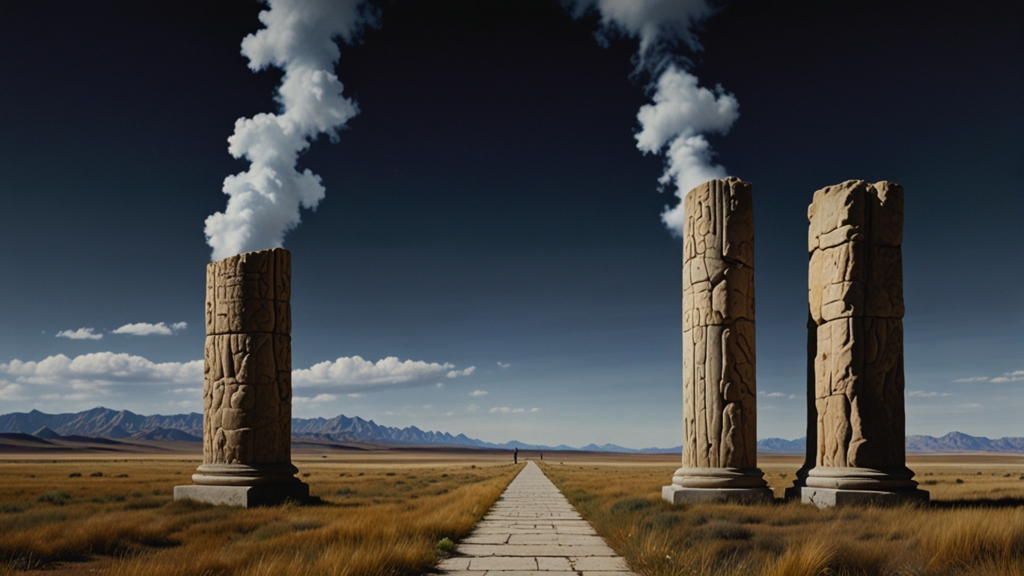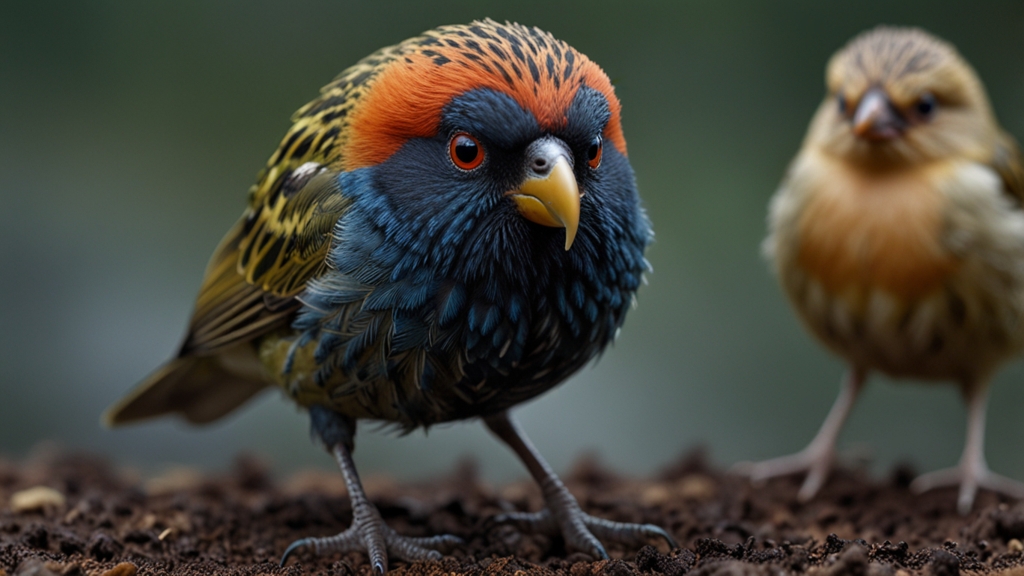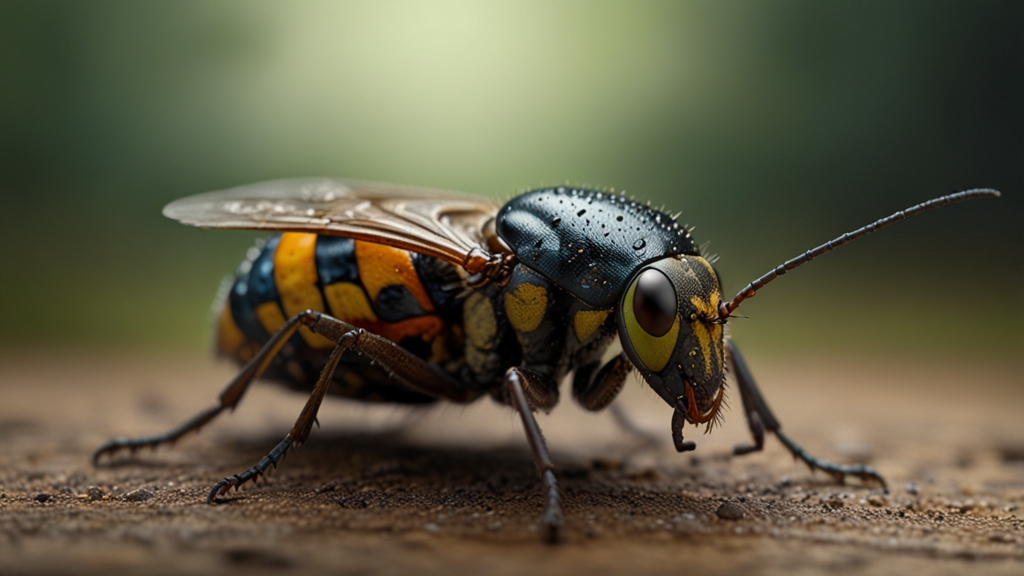Endangered Treasures: The Beauty of Species on the Edge
Our planet is home to an astonishing array of life forms, each contributing to the biodiversity that sustains the ecosystems. However, many of these species are perilously close to extinction, threatened by factors such as habitat loss, climate change, and human activity. These endangered treasures, although teetering on the edge, possess an intrinsic beauty and ecological importance that underscore the urgent need for conservation efforts.
Understanding Endangerment
Species are classified as endangered when their populations become so sparse that they face a significant risk of extinction in the wild. The International Union for Conservation of Nature (IUCN) maintains the Red List, a comprehensive inventory that categorizes species based on their extinction risk levels.
The loss of any species disrupts the intricate balance of ecosystems, often leading to unforeseen consequences. For instance, the extinction of a predator can cause an overpopulation of certain herbivores, which in turn may devastate vegetation.
The Elegance of Endangered Species
Despite their perilous status, endangered species are some of the most magnificent creatures on Earth. Here are a few examples whose beauty calls for immediate action to preserve their existence:
Amur Leopard
The Amur Leopard is one of the most critically endangered big cats in the world, with fewer than 100 individuals left in their natural habitats in Russia and China. These leopards have stunning rosetted fur that not only serves as camouflage in the forested environments but also makes them targets for illegal poaching.
Vaquita
The Vaquita, a small porpoise species native to the northern part of the Gulf of California, is critically endangered with a population estimated to be fewer than 10 individuals. Known for their shy nature and distinctive dark rings around their eyes, vaquitas are often caught in illegal gillnets used to catch another endangered species, the totoaba fish.
Sumatran Orangutan
Sumatran Orangutans are found only on the island of Sumatra and are distinguished by their longer facial hair. Their distinctive reddish-brown fur and arboreal lifestyle are fascinating, yet they face critical endangerment primarily due to deforestation and illegal pet trade.
“Conservation is a state of harmony between men and land.” — Aldo Leopold
Conservation Efforts and Hope
Several conservation initiatives around the world are focused on protecting these endangered species. Efforts include habitat restoration, stricter enforcement of anti-poaching laws, and breeding programs. For instance, organizations like the World Wildlife Fund (WWF) and the Wildlife Conservation Society (WCS) are pivotal in these missions.
Many success stories also highlight the power of collective effort. The resurgence of the Peregrine Falcon in North America, once on the brink of extinction due to pesticide poisoning, exemplifies how dedicated conservation efforts can lead to the rebound of endangered species.
“In the end, we will conserve only what we love; we will love only what we understand, and we will understand only what we are taught.” — Baba Dioum
What Can You Do?
The preservation of these endangered treasures requires a global cooperative effort. Here are a few ways you can contribute:
- Raise Awareness: Educate yourself and others about the plight of endangered species and the importance of biodiversity.
- Support Conservation Organizations: Donate to or volunteer with organizations dedicated to wildlife conservation.
- Sustainable Choices: Make environmentally-friendly choices in your daily life, such as reducing waste, using sustainable products, and supporting eco-friendly policies.
“The greatness of a nation and its moral progress can be judged by the way its animals are treated.” — Mahatma Gandhi
Conclusion
Endangered species are true treasures of our world, embodying the beauty and diversity of life on Earth. Protecting them is not only a moral duty but a practical necessity to maintain the health and stability of our ecosystems. By understanding their plight and taking action, we can ensure that these magnificent creatures flourish once again, for the benefit of both nature and humanity.








